Home>Furniture & Design>Bathroom Accessories>How To Bathe A Baby In The Bathtub
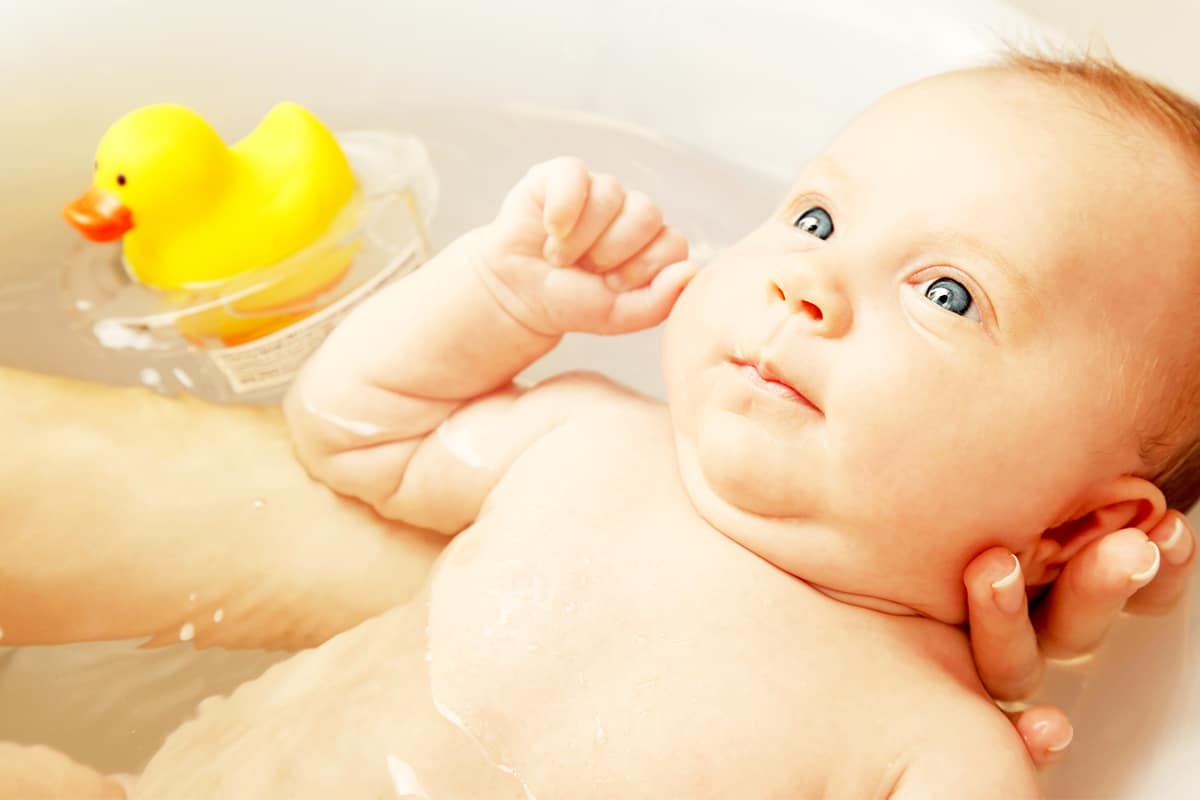

Bathroom Accessories
How To Bathe A Baby In The Bathtub
Modified: February 18, 2024
Learn the best techniques for bathing a baby in the bathtub with essential bathroom accessories. Keep your little one safe and comfortable during bath time.
(Many of the links in this article redirect to a specific reviewed product. Your purchase of these products through affiliate links helps to generate commission for Storables.com, at no extra cost. Learn more)
Introduction
Bathing a baby can be a delightful and bonding experience for both the baby and the caregiver. It's a time for gentle interaction, soothing warmth, and the opportunity to create lasting memories. However, for new parents or caregivers, the thought of bathing a baby in the bathtub can be a bit daunting. With the right preparation, knowledge, and a few essential tips, bath time can become a cherished routine.
In this comprehensive guide, we will walk you through the step-by-step process of bathing a baby in the bathtub. From preparing the bath to ensuring the baby's safety, we will cover everything you need to know to make bath time a relaxing and enjoyable experience for both you and your little one.
Bathing a baby in the bathtub requires careful attention to detail and a gentle touch. By following the guidelines provided in this article, you will gain the confidence and skills needed to turn bath time into a soothing and enjoyable experience for your baby. So, let's dive in and explore the wonderful world of baby bath time!
Key Takeaways:
- Bathing a baby in the bathtub is a special bonding experience that requires careful preparation, gentle handling, and constant supervision to ensure the baby’s safety and comfort.
- Creating a soothing and enjoyable bath time routine involves meticulous preparation, gentle interaction, and essential safety measures to foster a nurturing environment for both the baby and the caregiver.
Read more: How To Bathe A Baby In The Sink
Preparing the Bath
Preparing the bath environment is crucial for ensuring a safe and enjoyable experience for your baby. Here's a step-by-step guide to help you set the stage for a soothing and comfortable bath time:
-
Gather the Essentials: Before you begin, gather all the necessary bath supplies. This includes a baby bathtub or a clean sink, mild baby soap, soft washcloths, a gentle baby shampoo, a hooded towel, and a clean diaper. Having everything within reach will help you stay focused on your baby during the bath.
-
Check the Water Temperature: Fill the bathtub with warm water, ensuring that it's not too hot or too cold. A safe water temperature for a baby's bath is around 100°F (37.8°C). You can use a bath thermometer to accurately gauge the water temperature, or simply test it with your wrist or elbow to ensure it feels comfortably warm.
-
Create a Comfortable Environment: Dim the lights in the bathroom to create a calming atmosphere. Soft, indirect lighting can help soothe your baby and make the bath experience more relaxing. Playing gentle music or singing softly can also contribute to a soothing environment.
-
Minimize Distractions: Keep the bathing area free from distractions and loud noises. This will help your baby feel more secure and relaxed during the bath. Consider turning off your phone or any other potential sources of interruption to fully focus on your baby.
-
Secure the Bathing Area: Ensure that the baby bathtub or sink is stable and secure. If using a regular bathtub, consider placing a non-slip mat on the bottom to prevent any accidental slips. Additionally, have a soft towel or bath cushion ready to place under your baby to provide a comfortable and secure surface.
By following these steps, you can create a nurturing and safe environment for your baby's bath time. The next section will cover how to get the baby ready for the bath, ensuring a smooth transition into the water and a pleasant bathing experience.
Getting the Baby Ready
Preparing the baby for bath time is a crucial step that sets the tone for a comfortable and enjoyable experience. It's essential to approach this process with care and attention to ensure the baby feels secure and at ease. Here's a detailed guide on how to get your baby ready for the bath:
Undressing the Baby
Begin by gently undressing your baby in a warm room to prevent any sudden temperature changes. Lay out a soft, clean towel or blanket on a flat surface, such as a changing table or bed, to place the baby on during undressing. Ensure that the room is comfortably warm to prevent your baby from feeling chilly.
Diaper Change
If your baby has a soiled diaper, this is the perfect time for a diaper change. Use gentle baby wipes or a damp washcloth to clean the diaper area, and then carefully replace the diaper with a clean one. This step helps ensure that your baby is clean and comfortable before entering the bath.
Read more: How To Take A Bath Without A Bathtub?
Comforting and Soothing
Before moving to the bath, take a few moments to comfort and soothe your baby. Engage in gentle and reassuring interactions, such as softly talking to your baby, making eye contact, or singing a lullaby. This helps create a sense of security and relaxation, making the transition to the bath more seamless.
Dressing for the Bath
Once your baby is undressed and comfortable, it's time to dress them for the bath. Wrap your baby in a soft, warm towel or blanket, ensuring that their arms and legs are gently secured. This step helps maintain your baby's warmth and provides a sense of coziness as they prepare for the bath.
Mental Preparation
Bath time can be a new and stimulating experience for your baby. As you carry your baby to the bathing area, maintain a calm and reassuring demeanor. Your baby will pick up on your emotions, so projecting a sense of tranquility and confidence can help ease any potential apprehension.
By following these steps, you can ensure that your baby is comfortably prepared for the bath, setting the stage for a soothing and enjoyable bathing experience. The next section will delve into the actual process of bathing the baby, providing essential tips for a gentle and effective bath time routine.
Bathing the Baby
Gently lower your baby into the warm water, using one hand to support their neck and head while the other hand supports their bottom. This technique provides a secure and comforting hold, ensuring that your baby feels safe in the water. As you begin the bathing process, keep the following tips in mind:
Read more: How To Wash Baby Bath Toys
Gentle Cleansing
Using a soft washcloth and mild baby soap, gently cleanse your baby's skin, starting with their face and moving down to their body. Take care to clean the folds of the skin, behind the ears, and around the neck, as these areas are prone to collecting moisture and require gentle cleansing. Use gentle, circular motions to clean your baby's skin, being mindful of their delicate skin texture.
Shampooing the Hair
If your baby has hair, use a small amount of gentle baby shampoo to cleanse their scalp. Supporting your baby's head with one hand, use the other hand to gently massage the shampoo into their hair. Be sure to rinse thoroughly, using a cup or your hand to pour warm water over their head, ensuring that no shampoo residue remains.
Interaction and Engagement
Bath time provides a wonderful opportunity for interaction and bonding with your baby. Talk to your baby in soothing tones, maintain eye contact, and engage in gentle play. Singing a soft lullaby or making gentle splashing sounds can add an element of fun to the bathing experience, creating a positive and engaging atmosphere for your baby.
Water Temperature and Safety
Throughout the bath, monitor the water temperature to ensure that it remains comfortably warm. If the water starts to cool, you can add small amounts of warm water to maintain a consistent temperature. Additionally, never leave your baby unattended in the bath, even for a moment. It's essential to keep a constant, reassuring presence throughout the entire bathing process.
Read more: How To Bathe A Toddler Without A Bathtub
Drying and Dressing
After gently lifting your baby out of the bath, wrap them in a soft, absorbent towel, ensuring that their entire body is covered to maintain warmth. Pat your baby's skin dry, paying special attention to the folds of the skin. Once dry, dress your baby in clean, comfortable clothing, ensuring that they are snug and warm.
By following these steps and maintaining a gentle and attentive approach, you can transform bath time into a soothing and enjoyable experience for your baby. The next section will cover essential safety tips to ensure a secure bathing environment for your little one.
After the Bath
After the bath, it's essential to continue providing comfort and care for your baby to ensure a smooth transition from the water to dry land. Here's a detailed guide on how to attend to your baby's needs and maintain a nurturing environment after the bath:
Gentle Drying
Gently pat your baby's skin dry with a soft, absorbent towel, taking care to remove any excess moisture. Pay special attention to the folds of the skin, such as behind the ears and in the neck creases, as these areas tend to retain moisture. A gentle and thorough drying process helps prevent any discomfort or irritation caused by dampness.
Moisturizing
After drying your baby, consider applying a mild, hypoallergenic baby lotion or moisturizer to help maintain their skin's softness and hydration. Opt for products specifically formulated for babies to minimize the risk of skin irritation. Gently massage the lotion into your baby's skin, focusing on areas that may be prone to dryness, such as the elbows, knees, and cheeks.
Read more: How To Wrap A Baby Bathtub
Diapering
Once your baby's skin is dry and moisturized, it's time to attend to their diapering needs. Carefully and gently fasten a clean diaper around your baby, ensuring a snug yet comfortable fit. If using diaper cream, apply a thin layer to prevent diaper rash and provide additional skin protection. Diapering your baby promptly after the bath helps maintain their comfort and cleanliness.
Dressing for Comfort
Select soft, breathable clothing for your baby, ensuring that the garments are comfortable and not too tight. Dress your baby in clean, dry clothing, taking care to cover their entire body to maintain warmth. Opt for fabrics that are gentle on the skin, such as cotton or other natural materials, to minimize the risk of irritation.
Continued Comfort and Interaction
After the bath, continue to engage with your baby in soothing and reassuring interactions. Talk to your baby in gentle tones, maintain eye contact, and provide comforting touches. This post-bath interaction reinforces the sense of security and care, creating a positive association with the bathing experience.
Maintaining a Calm Environment
As your baby transitions from the bath to post-bath care, it's important to maintain a calm and peaceful environment. Minimize loud noises and distractions, creating a serene atmosphere that promotes relaxation and comfort for your baby. This nurturing environment contributes to a sense of well-being and contentment for your little one.
By following these post-bath care guidelines, you can ensure that your baby remains comfortable, clean, and content after the bathing experience. This holistic approach to baby care fosters a sense of security and well-being, contributing to a positive and nurturing routine for both you and your baby.
Read more: How To Store Baby Bathtub
Safety Tips
Ensuring a safe bathing environment is paramount when it comes to caring for a baby. By implementing essential safety measures, you can minimize potential risks and create a secure space for your baby's bath time. Here are crucial safety tips to consider:
-
Supervision: Never leave your baby unattended in the bath, even for a moment. It's vital to maintain constant supervision throughout the entire bathing process. This unwavering attention helps prevent accidents and ensures that your baby remains safe and secure in the water.
-
Water Temperature: Always test the water temperature before placing your baby in the bath. Use a reliable bath thermometer or check the water with your wrist or elbow to ensure that it's comfortably warm, around 100°F (37.8°C). Regularly monitor the water temperature during the bath to prevent any sudden changes.
-
Secure Bathing Area: Whether using a baby bathtub, sink, or regular bathtub, ensure that the bathing area is stable and secure. If using a regular bathtub, consider placing a non-slip mat on the bottom to prevent accidental slips. Additionally, have a soft towel or bath cushion ready to provide a comfortable and secure surface for your baby.
-
Gentle Handling: When lifting your baby in and out of the bath, use a gentle and secure hold to provide support for their head and body. This minimizes the risk of accidental slips or discomfort for your baby. Approach each movement with care and attentiveness.
-
Avoid Distractions: Minimize distractions during bath time to maintain focus on your baby's safety and well-being. Consider turning off your phone and eliminating potential sources of interruption to ensure that your attention remains fully on your baby throughout the bath.
-
Emergency Preparedness: It's essential to be prepared for any potential emergencies. Keep a fully stocked first-aid kit within reach of the bathing area, and familiarize yourself with infant CPR techniques. Being equipped and knowledgeable in emergency procedures can provide added peace of mind.
-
Cleaning Products: Use mild, baby-specific cleaning products to minimize the risk of skin irritation or allergic reactions. Opt for gentle baby soap and shampoo that are formulated for delicate skin. Additionally, ensure that all cleaning products are stored safely out of reach of your baby.
By prioritizing these safety tips, you can create a secure and nurturing environment for your baby's bath time. Implementing these measures fosters a sense of confidence and reassurance, allowing you to focus on creating a soothing and enjoyable bathing experience for your little one.
Conclusion
Bathing a baby in the bathtub is a tender and intimate experience that holds the potential for creating cherished moments and nurturing the bond between caregiver and child. By following the comprehensive guidelines outlined in this article, you can transform bath time into a soothing and enjoyable routine for both you and your baby.
The process begins with meticulous preparation, ensuring that the bath environment is safe, comfortable, and conducive to relaxation. From gathering essential bath supplies to checking the water temperature and minimizing distractions, each step contributes to setting the stage for a positive bathing experience.
Getting the baby ready for the bath involves a gentle and attentive approach, focusing on undressing the baby in a warm room, providing comfort and reassurance, and dressing the baby for the bath in a manner that promotes warmth and security.
During the bath itself, gentle cleansing, interactive engagement, and constant monitoring of water temperature and safety measures are paramount. The bathing process is an opportunity for bonding, interaction, and the creation of positive associations with hygiene and self-care.
After the bath, the care and attention continue, encompassing gentle drying, moisturizing, diapering, and dressing the baby in comfortable clothing. This post-bath care routine reinforces the sense of security and well-being, contributing to a holistic and nurturing bathing experience.
Crucial safety tips further underscore the importance of maintaining a secure bathing environment, emphasizing constant supervision, water temperature regulation, secure handling, and emergency preparedness.
In conclusion, bathing a baby in the bathtub is a multifaceted experience that goes beyond the practical aspects of hygiene. It is a time for connection, comfort, and the establishment of positive routines. By approaching bath time with attentiveness, gentleness, and a focus on safety, you can create a nurturing and enjoyable environment that fosters your baby's well-being and strengthens the bond between caregiver and child.
Frequently Asked Questions about How To Bathe A Baby In The Bathtub
Was this page helpful?
At Storables.com, we guarantee accurate and reliable information. Our content, validated by Expert Board Contributors, is crafted following stringent Editorial Policies. We're committed to providing you with well-researched, expert-backed insights for all your informational needs.
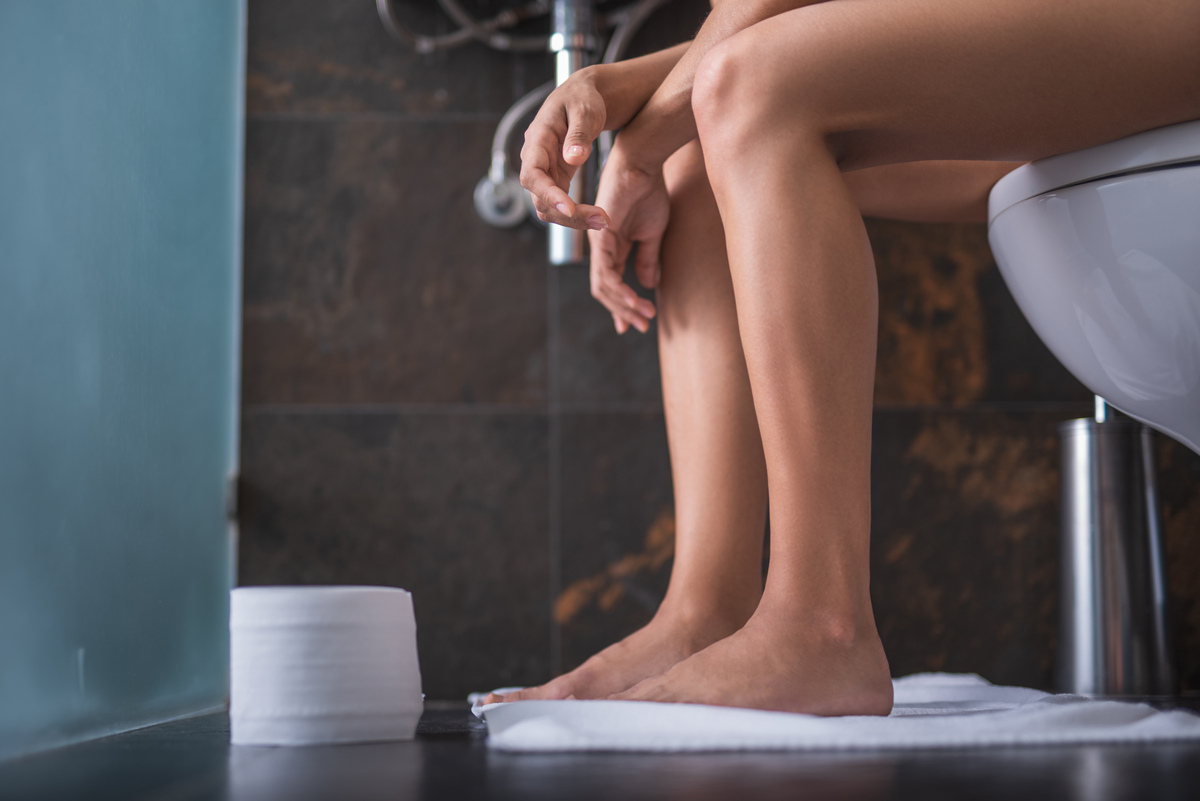
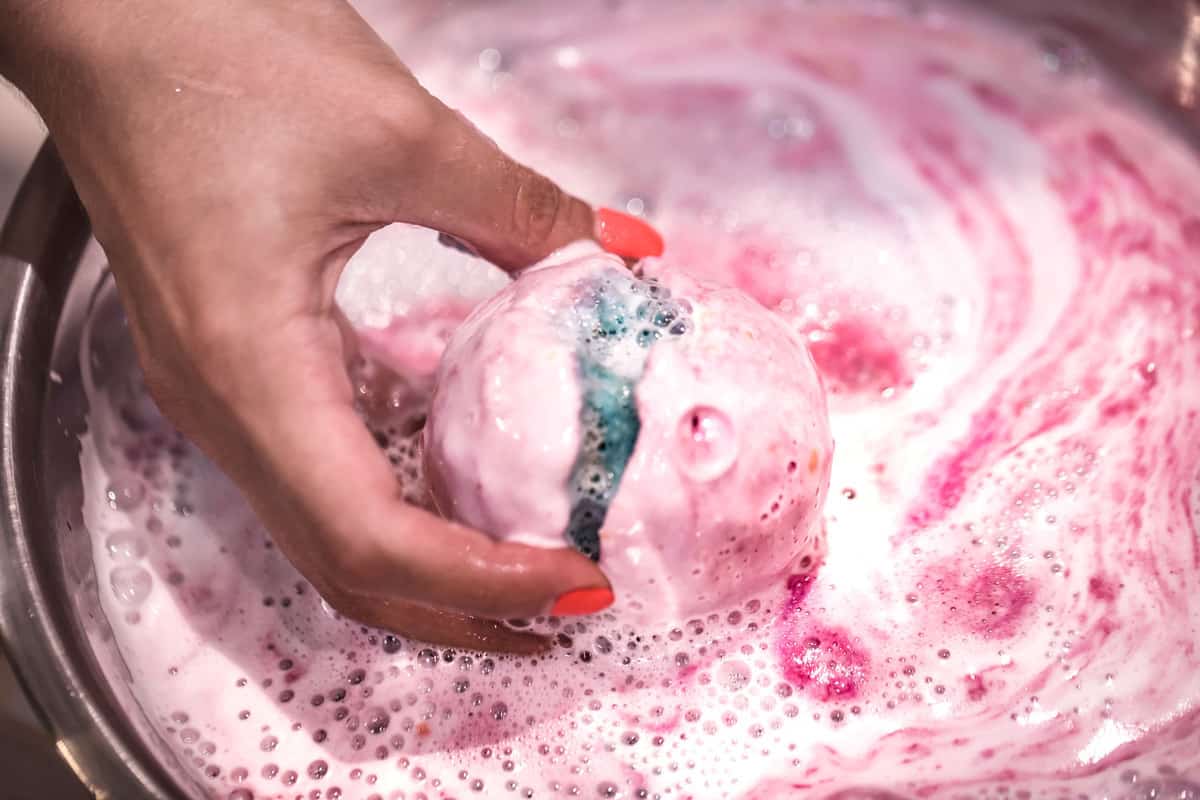
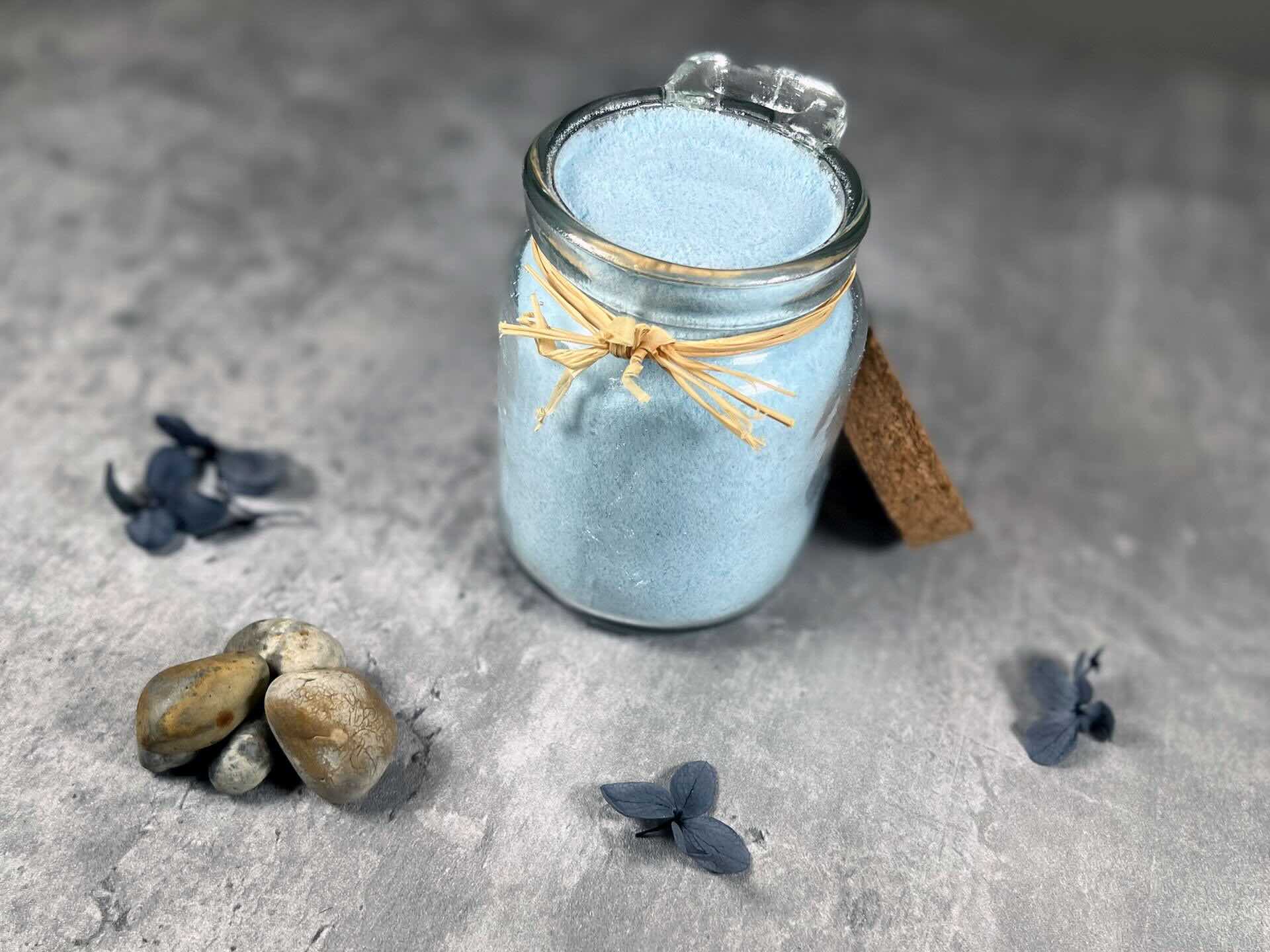
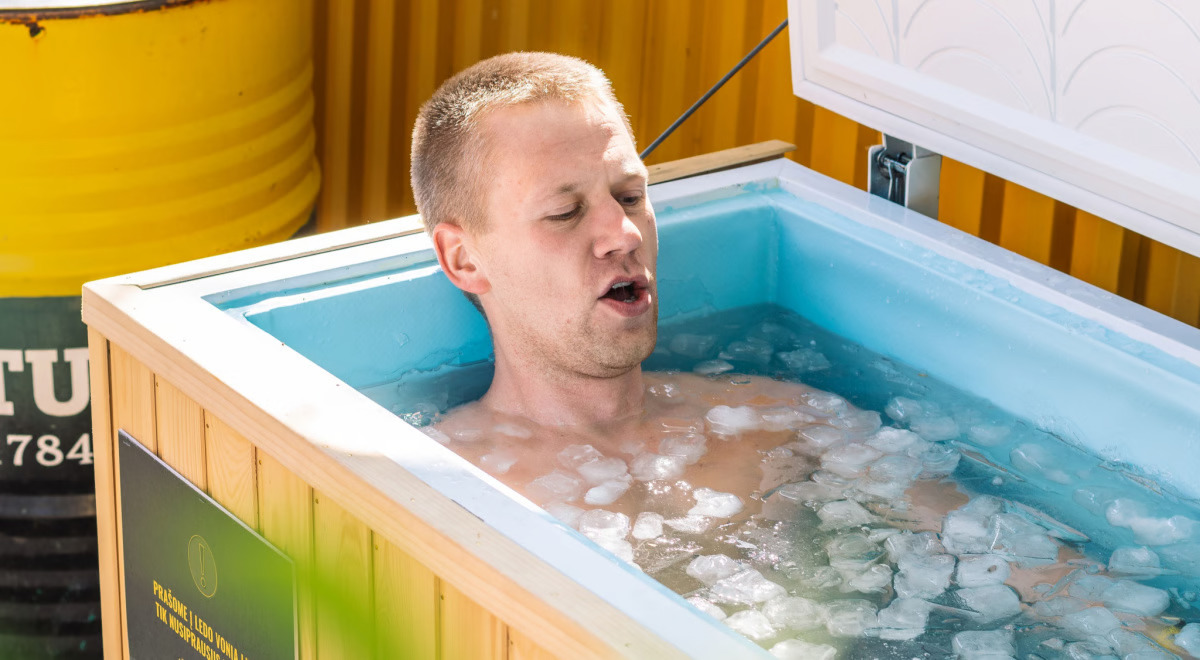
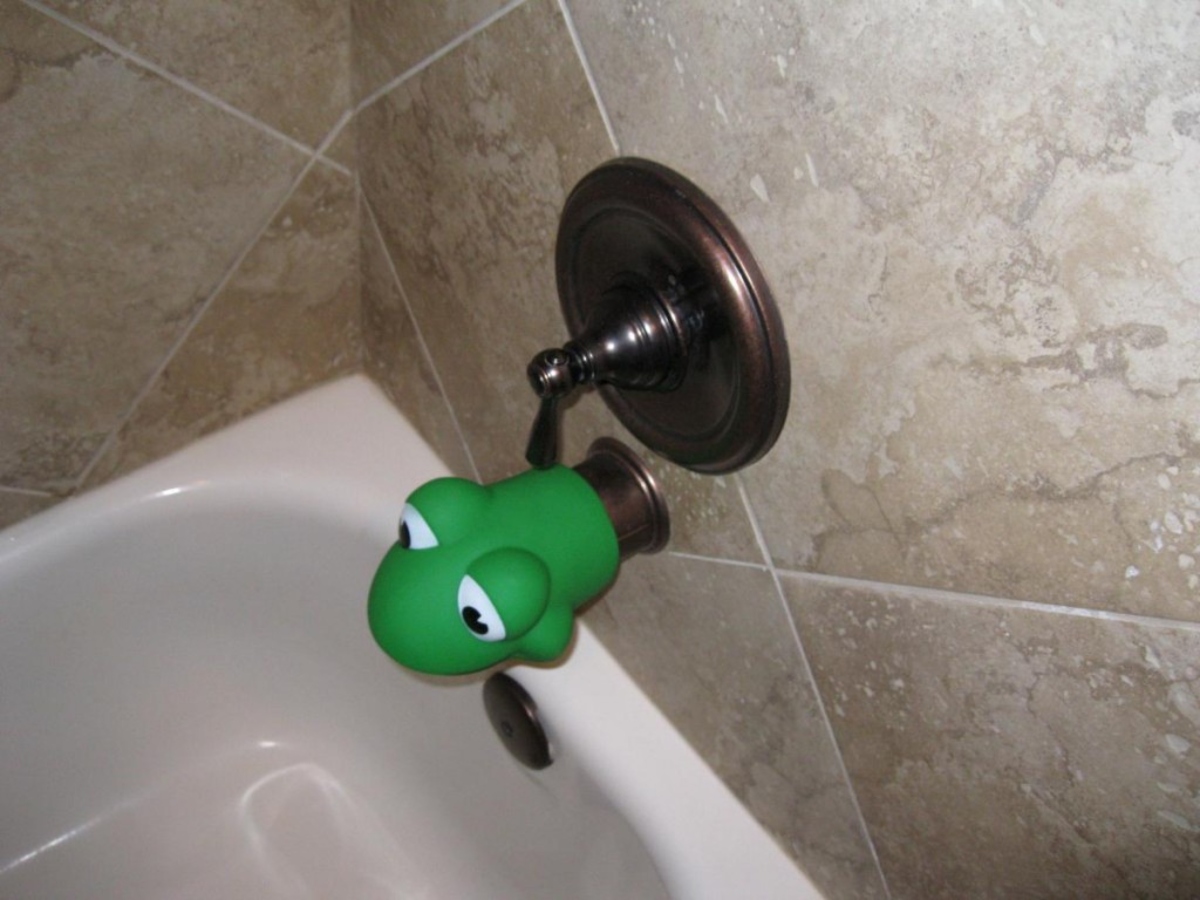
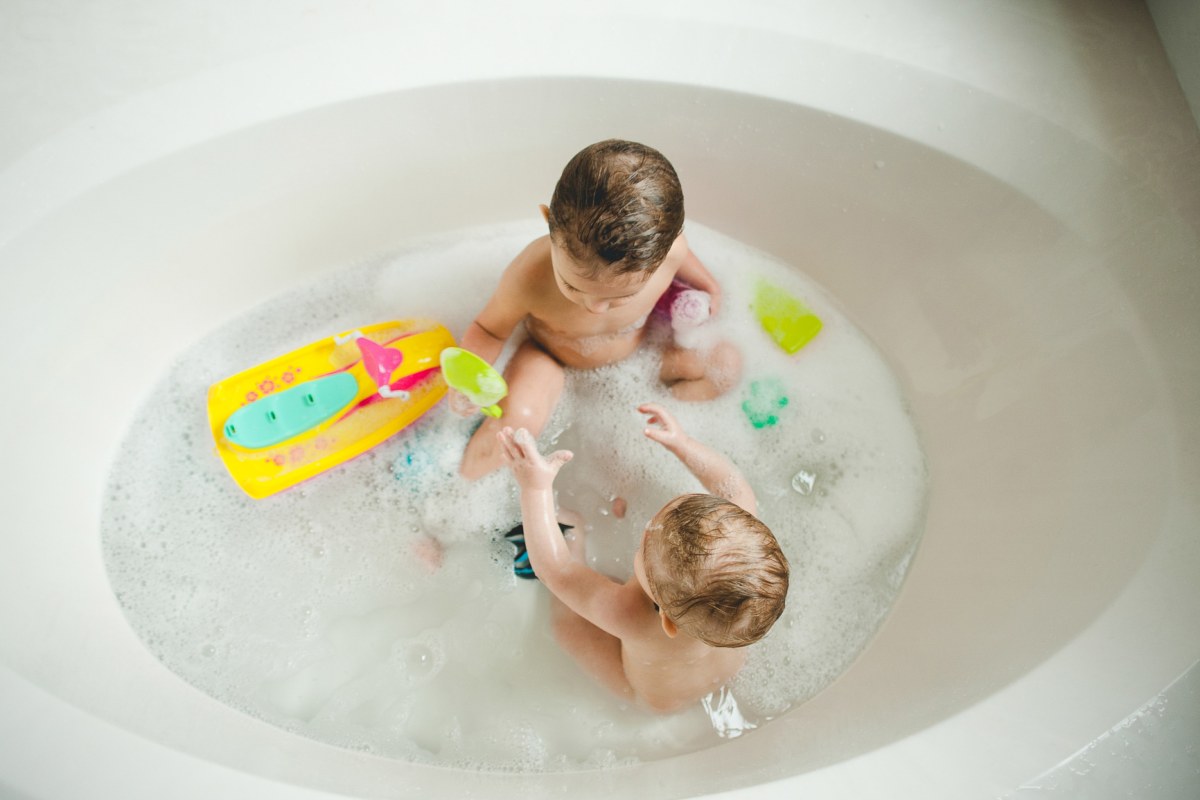
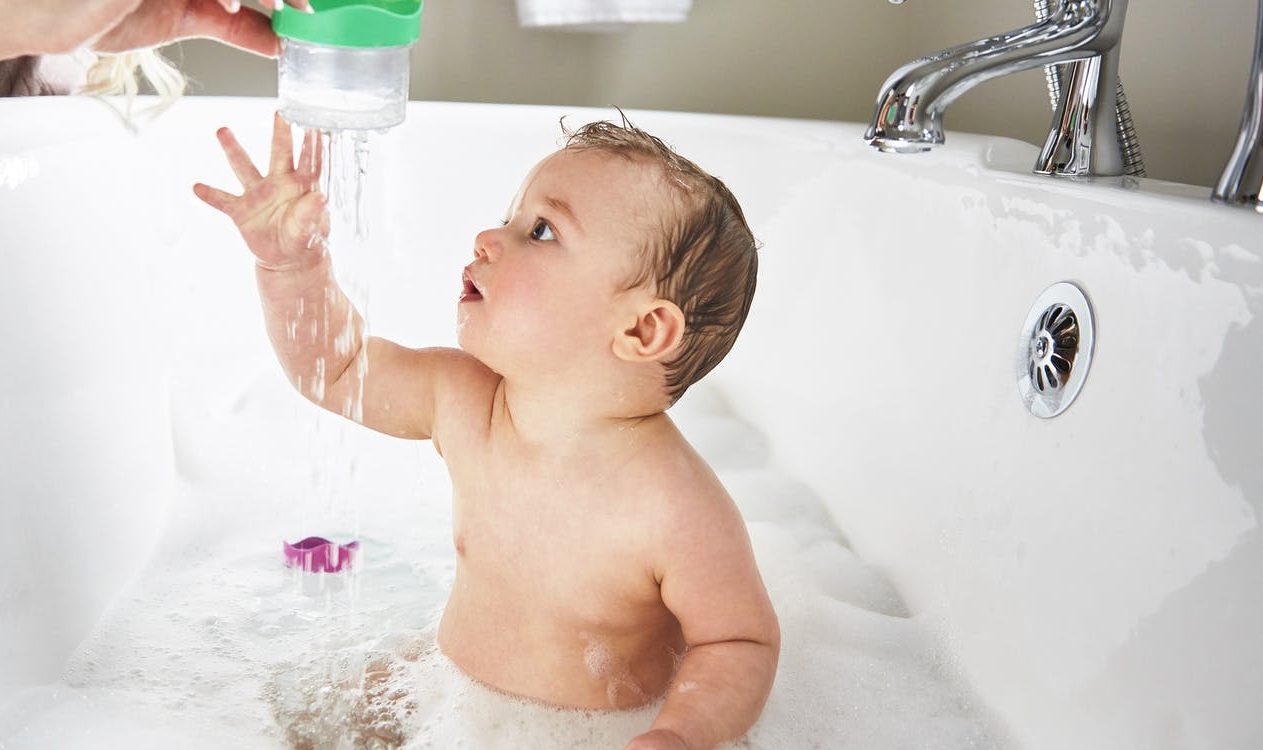
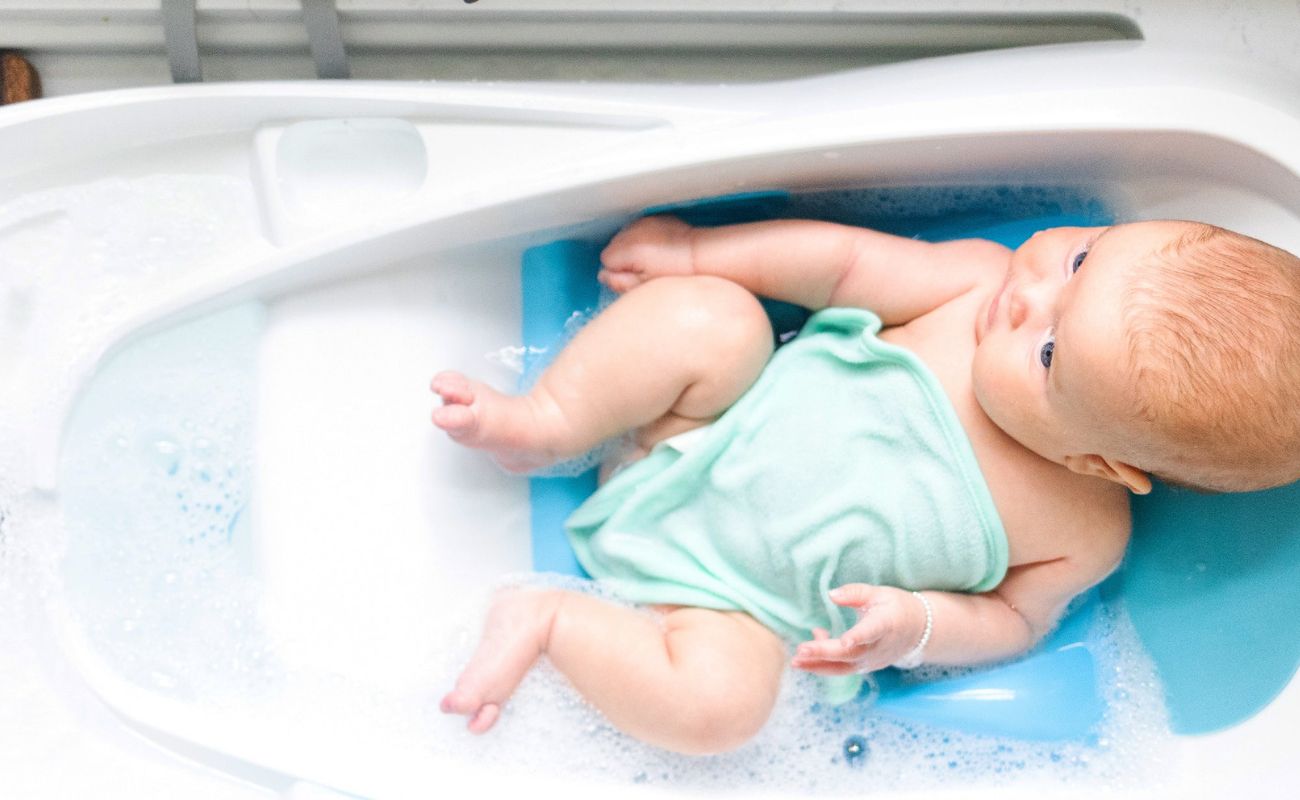
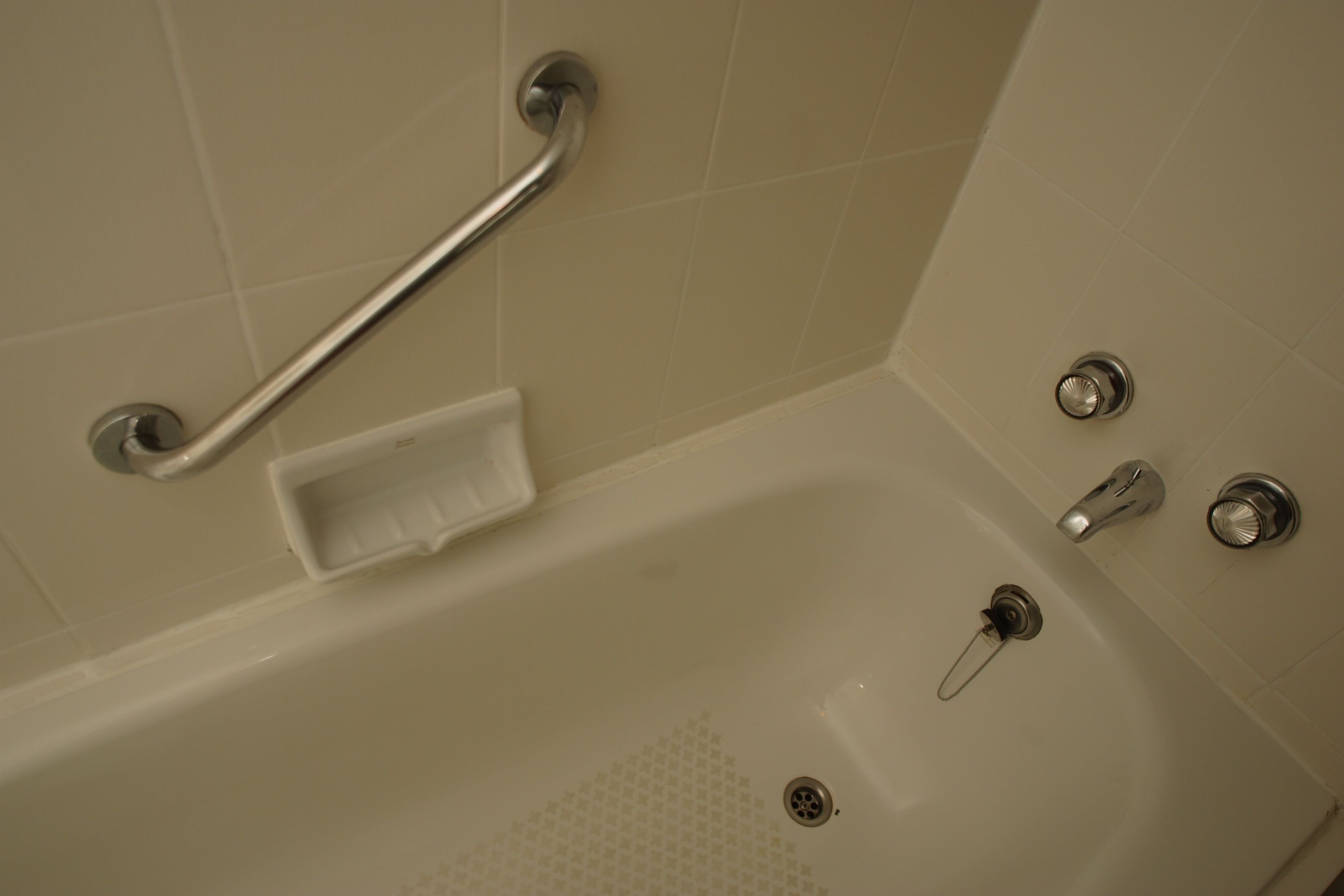
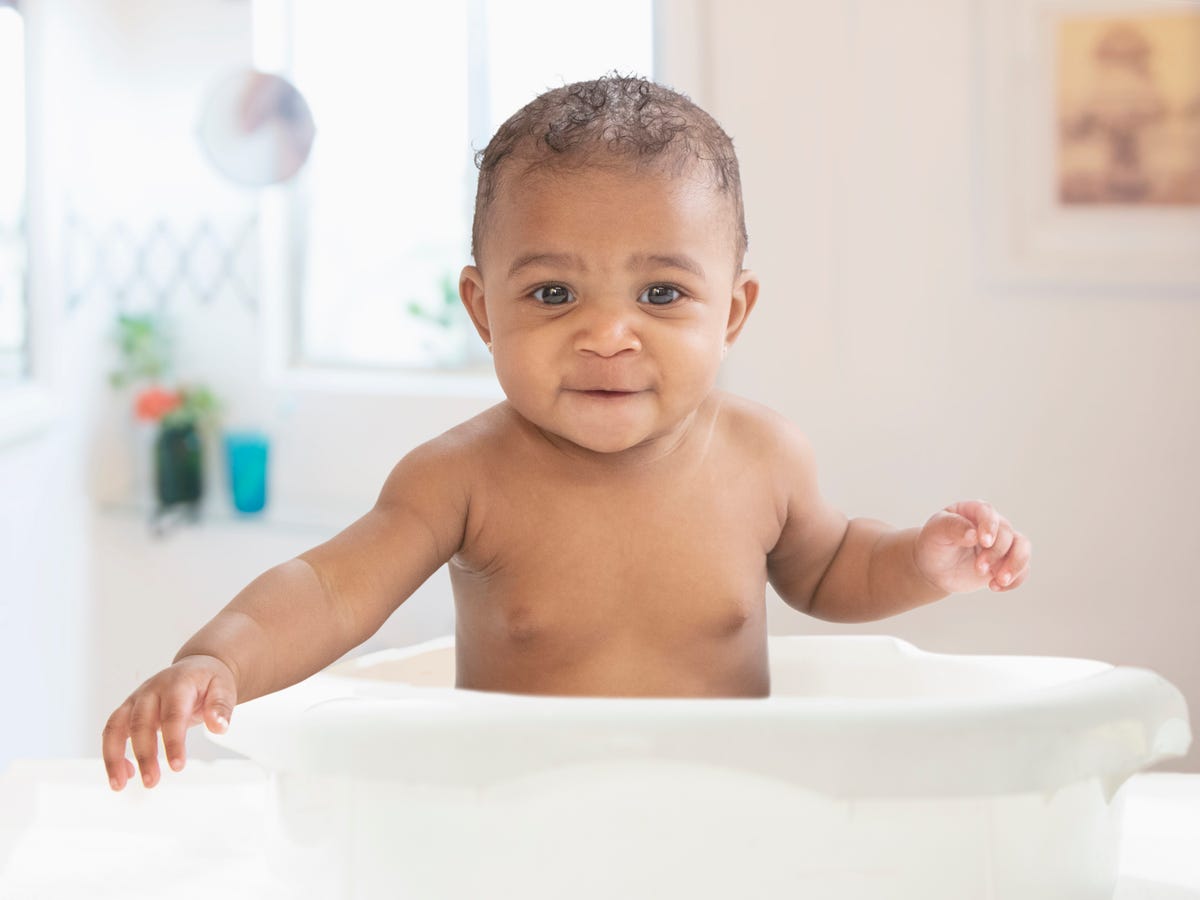

0 thoughts on “How To Bathe A Baby In The Bathtub”